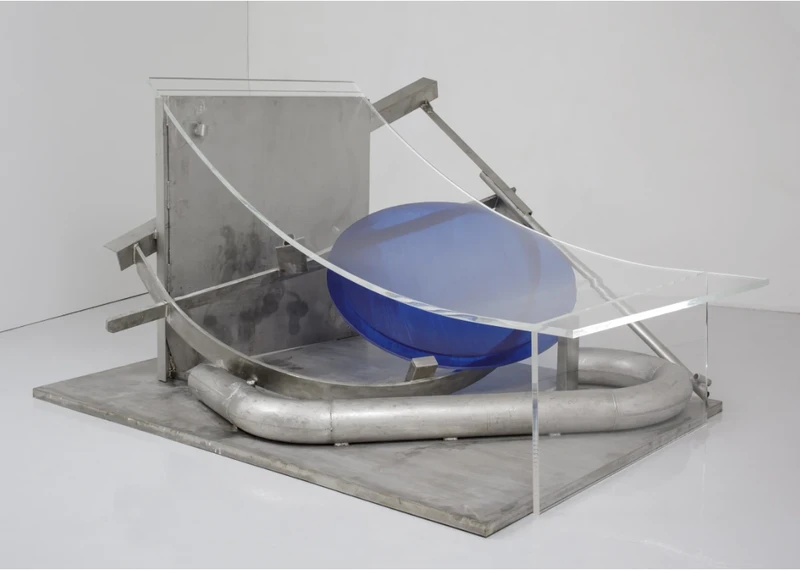Caro and Music
9 Mar-6 May 2023
PV 9 Mar 2023, 6-8pm


On view concurrently with ‘Anthony Caro: The Inspiration of Architecture’ at Pitzhanger Manor from 9th March to 19th September 2023
“I have been trying to eliminate references and make truly abstract sculpture, composing the parts of the pieces like notes in music. Just as a succession of these make up a melody or sonata, so I take anonymous units and try to make them cohere in an open way into a sculptural whole.”
- Anthony Caro
Anney Juda Fine Art is delighted to announce the upcoming exhibition: Caro and Music. A curated selection of works by Anthony Caro (1924-2013), the exhibition highlights the importance of music as an influence throughout his distinguished sculptural career, and includes work dating from 1971 – 2010 as well as works from the Concerto Series of the late 1990s and early 2000s. Throughout the exhibition, the music that Caro listened to will be played in the galleries and will be heard whilst viewers experience the sculptures. The exhibition will run from 9th March – 6th May 2023 and will be shown concurrently with Anthony Caro: The Inspiration of Architecture at Pitzhanger Manor from 9th March to 10th September 2023. Caro and Music is curated by Paul Moorhouse, CEO of the Anthony Caro Centre.
In making the abstract physical material of his work expressive, Anthony Caro embraced an element that was vital both to his personal and creative life, namely the inspirational presence of music. Both at home and in the studio, for Caro, music was ever-present. According to Patrick Cunningham, Caro’s assistant from 1970 until the sculptor’s death in 2013, “he needed to have music.” Caro not only liked to listen to music while contemplating the progress of his sculptures, but, it seems, drew encouragement or perhaps strength from it.
Caro’s music taste was focused almost exclusively on the classical canon and Mozart is the most conspicuous presence. Haydn, Beethoven, Schubert, Brahms, Handel and Bach also feature largely. Depending on the kind of sculpture in hand, Caro would make specific requests: perhaps a Brahms symphony while developing larger, more substantial sculptures, a Schubert sonata or string quintet possibly for smaller, detailed works, all apparently played surprisingly loud. While Cunningham and other assistants moved elements of evolving sculptures into position, Caro would watch attentively, weighing his visual judgements against a musical backdrop. As Cunningham testifies, "he couldn’t have made these decisions without music playing."
In 1999 Caro brought to the studio a number of musical instruments that had been discarded and salvaged. These included a French horn, a trumpet, a euphonium and various others belonging to the brass section of orchestras. Over the next year, these elements formed the beginnings of several sculptures known collectively as the Concerto Series. Exhibited in this exhibition are works such as French Horn (2000), Alto Flute (1999) and Castanets (2000). Dismembered into distinct parts, each with their own character, the instruments were divested of function. Prized instead for their expressive shapes and the material from which they were made, they were incorporated within abstract sculptures. By association, these surprising works recall their musical origins, but take on a new, mysterious existence that celebrates the communion of feeling and form. Paul Moorhouse says: “Caro changed the way we think about sculpture. Drawing inspiration from music, he developed a distinctive abstract language that expresses feeling directly, communicating a range of complex emotions. This exhibition explores an important but overlooked aspect of his achievements.”